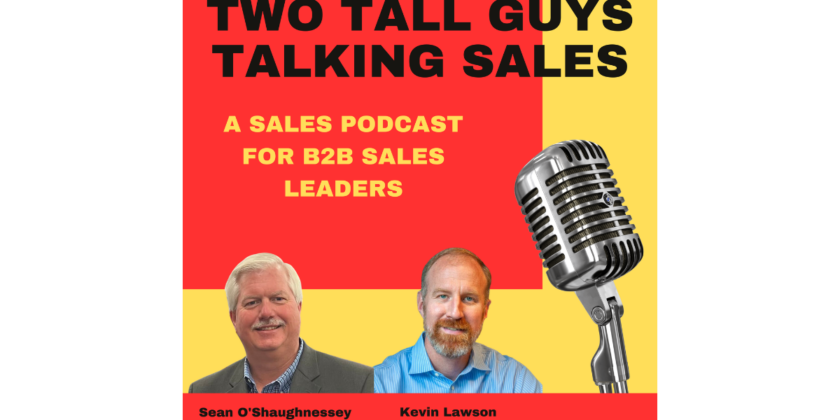Territory design is critical for ensuring efficient revenue generation and optimal team performance. Sales leaders, especially those at the helm of small—to mid-sized companies, must revisit and potentially recalibrate their territory strategies to accommodate growth and maintain competitiveness.
Effective territory management starts with a clear understanding of the business landscape. Ensuring that each salesperson has a viable area with ample opportunity is crucial. This may sound straightforward but involves a delicate balance of geographic and customer-based considerations. For instance, some businesses might operate on a model where territories are defined by customer types or specific named accounts, which could include focusing on a set number of businesses to target. On the other hand, more geographically expansive businesses might allocate territories based on regions, such as counties or states, depending on their size and scope.
Moreover, there’s an art to knowing when and how to split or expand territories without diluting the quality of customer relationships or the sales team’s morale. For example, if a territory becomes too large and unwieldy, it might necessitate division to maintain or increase effectiveness. However, this division must be approached with sensitivity and strategy, ensuring it does not merely become a means to reduce commission costs but rather a method to enhance coverage and customer engagement.
The challenge often lies in the execution. Realigning territories can be as complex as managing a new product launch or entering a new market. Factors such as supply chain logistics, warranty services, and resource allocation must all be considered to ensure the new territory design supports immediate sales goals and long-term business growth.
Sales leaders must also be adept at navigating the internal dynamics of territory adjustments. For instance, a well-performing salesperson might view the reduction of their territory as a punitive measure, rather than an opportunity to enhance focus and potentially increase earnings from a more concentrated area. It is crucial for management to communicate effectively, ensuring that the team understands these changes are aimed at optimizing the entire sales process and enhancing their ability to meet customer needs more effectively.
Ultimately, the goal of territory design should align with the overarching business strategy aimed at growth and sustainability. This includes not only deciding the physical or conceptual boundaries of each territory but also ensuring that each sales team member is positioned to succeed, supported by robust training and resources, and motivated by a clear understanding of their role in the company’s broader objectives.
As companies prepare for another business cycle, revisiting the principles of effective territory management could be the key to unlocking new levels of success and stability. This strategic approach helps maintain a competitive edge and supports a healthy, dynamic sales culture that adapts to the changing landscapes of industries and markets.
Actionable suggestions that sales managers can do today:
- Conduct a Territory Audit: Review your current sales territories by evaluating sales data, customer distribution, and team feedback. Identify areas where territories may be too large or too small and assess the potential for restructuring to improve coverage and salesperson efficiency. This will help you understand if your current design aligns with optimal market coverage and team capabilities.
- Initiate a Team Discussion: Meet your sales team to discuss the current territory alignment. Use this opportunity to gather insights directly from those on the ground about their territories’ challenges and opportunities. This feedback is invaluable for making informed decisions about potential territory realignments or adjustments to meet customer needs and company goals.




